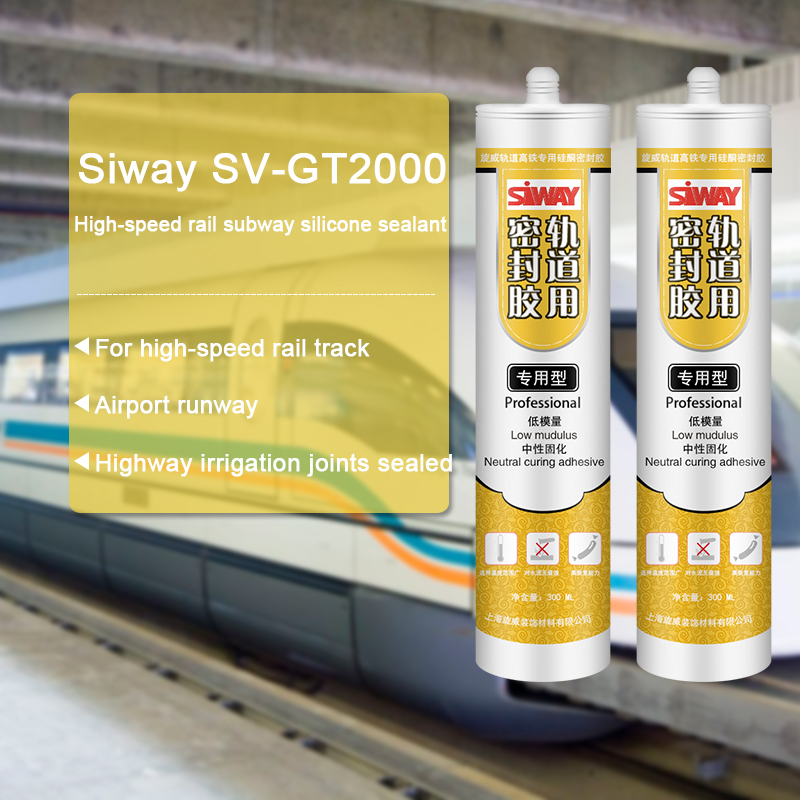12 Years Manufacturer SV-9300 Fireproof silicone sealant to Adelaide Manufacturer
Short Description:
Description SV – 9300 Fire resistant silicone sealant is a one-component, neutral-curing silicone sealant exhibiting superior performance in applications where sealing openings in walls and floors are needed to control the spread of fire, smoke, toxic gasses, and water during fire conditions. Where to use It is an ideal material designed for use in fire-stop systems for through penetrations and joints. This product excels in applications where greater water resistance is required e.g. ...
We are ready to share our knowledge of marketing worldwide and recommend you suitable products at most competitive prices. So Profi Tools offer you best value of money and we are ready to develop together with 12 Years Manufacturer SV-9300 Fireproof silicone sealant to Adelaide Manufacturer, We warmly welcome friends from all walks of life to seek mutual cooperation and create a more brilliant and splendid tomorrow.
Description
SV – 9300 Fire resistant silicone sealant is a one-component, neutral-curing silicone sealant exhibiting superior performance in applications where sealing openings in walls and floors are needed to control the spread of fire, smoke, toxic gasses, and water during fire conditions.
Where to use
It is an ideal material designed for use in fire-stop systems for through penetrations and joints. This product excels in applications where greater water resistance is required e.g. curtain wall, building facade, expansion/pipe and cable joints.
Key Features
1. 100% silicone
2. Excellent weatherproofing and waterproofing
3. Low gas transmission rate
4. With highly efficient redundant
Basic Application
1.Building fire seam sealed
2.Building façade
3.cable joints
Technical data sheet
| Test standard | Test project | Unit | value |
| Before curing——25℃,50%R.H. | |||
| GB13477 | Flow, sagging or vertical flow | mm | 0 |
| GB13477 | Operating time | min | 15 |
| GB13477 | surface drying time(25℃,50%R.H.) | min | 40-60 |
| Sealant curing speed and operating time will have different with different temperatures and temperature, high temperature and high humidity can make sealant curing speed faster, rather low temperature and low humidity are slower.21 days after curing——25℃,50%R.H. | |||
| GB/T 531.1-2008 | Durometer Hardness | Shore A | 20-60 |
| GB13477 | 60% elongation of cementation | no damaging | |
| GB13477 | Elongation limit | % | 120 |
| GB/T 24267 | Sealant level | 20HM | |
| GB/T 24267 | Fire prevention level | FV-0 | |
Certification
GB/T 24267-2009
Color
Black
Package
300ml in cartridge * 24 per box
Shelf life
12 months
Note
If you want the TDS or MSDS or other details, please contact with our sales person.
No vídeo de hoje eu vou mostrar pra você como fiz um hand spinner com miçangas derretidas.
Gente é super fácil de fazer.
Você vai precisar apenas de:
MATERIAL
1 rolamento = R$ 4,00
Miçangas de PLÁSTICO = R$ 2,00
3 porcas de parafusos = R$ 0,15
Uma forma de metal
Papel alumínio
pedaço de isopor
Óleo de cozinha
Estilete ou faquinha
Lixa
Esmalte de unha (opcional)
https://a3network.com
https://fb.com/a3network
@a3network
The concept of lingerie as a visually appealing undergarment was developed during the late nineteenth century. Lady Duff-Gordon of Lucile was a pioneer in developing lingerie that freed women from more restrictive corsets. Through the first half of the 20th century, women wore underwear for three primary reasons: to alter their outward shape (first with corsets and later with girdles or bras), for hygienic reasons, or for modesty. Before the invention of crinoline, women’s underwear was often very large and bulky. During the late 19th century, corsets became smaller, less bulky and constricting, and were gradually supplanted by the brassiere, first patented in the 20th century by Mary Phelps Jacob. When the First World War broke out, women found themselves filling in men’s work roles, creating a demand for more practical undergarments.
Manufacturers began to use lighter and more breathable fabrics. In 1935 brassières were updated with padded cups to flatter small breasts and three years later underwire bras were introduced that gave a protruding bustline. There was also a return to a small waist achieved with girdles. The 1940s woman was thin, but had curvaceous hips and breasts that were pointy and shapely. In the 1960s the female silhouette was liberated along with social mores. The look was adolescent breasts, slim hips, and extreme thinness. André Courrèges was the first to make a fashion statement out of the youth culture when his 1965 collection presented androgynous figures and the image of a modern woman comfortable with her own body.
As the 20th century progressed, underwear became smaller and more form fitting. In the 1960s, lingerie manufacturers such as Frederick’s of Hollywood begin to glamorize lingerie. The lingerie industry expanded in the 21st century with designs that doubled as outerwear. The French refer to this as ‘dessous-dessus’ which basically means innerwear as outerwear.






